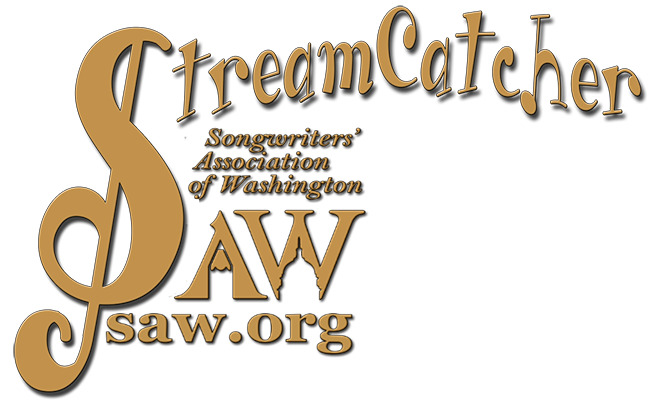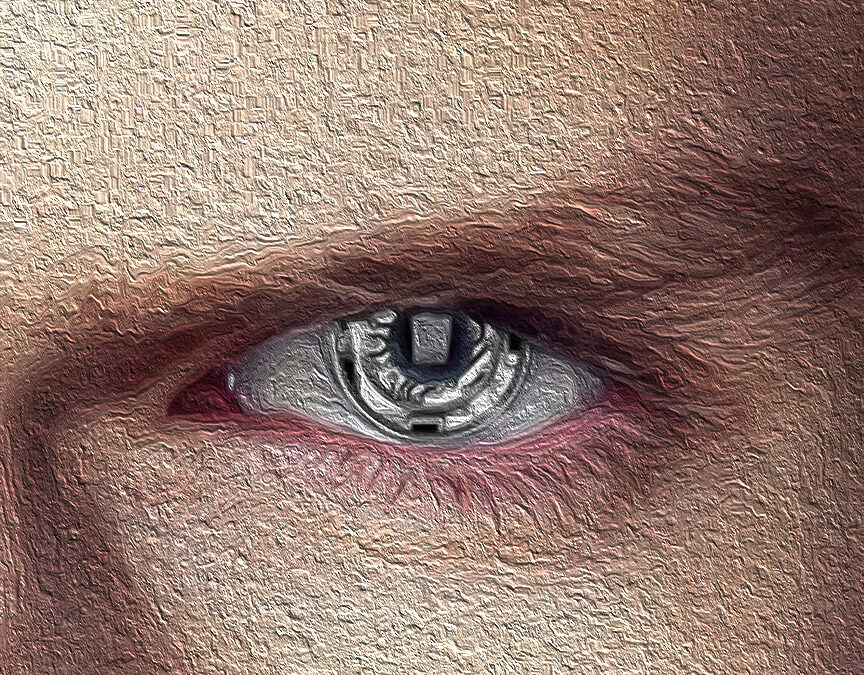A Good Space
Whether you’re live streaming to YouTube or Facebook Live, Twitch, Twitter, or even Vimeo Live – a good space to live stream from is as important as where you live stream to.
It should reflect your music and you. Hip, chic, or tech savvy – having your own live streaming studio space will help brand your music and help communicate what your live stream is all about. Using the same space each time you go live also gives your live stream continuity. And continuity helps you define you to the audience.
If a dedicated space doesn’t work in your case, you could always choose a multi-use space right in your home. Transform a spare part of any room into a streaming space.
2. Lighting
Lighting your performance well is important. Whether you have good natural light coming in or not you may need to “fill” one side of the room or subject with more lighting. You want people to be drawn in and not distracted by. Just a little thought and preparation will help make this work. It comes second to good audio so we will discuss this the least and perhaps do more in a future lesson.
3. Camera – the eyes of your audience
With so many camera choices, the one that’s right for your live music streaming depends on your budget, how comfortable you are using cameras, and personal preference. The camera’s lens is the viewer’s virtual eye into your live streaming studio. Generally speaking, there are three basic options out there:
a dedicated video camcorder,
a DSLR (or other) camera that supports clean live HDMI video and audio output
a webcam or smart phone.
Cameras are better and more flexible but many people just use their webcams for the ease and low budget. If you choose a camera just make sure the live HDMI output from your camera is clean (i.e. you can turn off the onscreen displays) and that the HDMI output has audio on it. Also, be aware that not all cameras list their live HDMI output characteristics in their specs. Some manufacturers only list the HDMI playback characteristics and not live HDMI output.
Great audio
You need a good camera but you need great audio. This is your music that is streaming. Avoid the built-in mic on your camera if you can. Choose an external mic instead. You’ll be much happier with the sound quality. If you have been perfecting a sound that your audience likes, then you are most of the way there. Whether you play with a sound system or au natural getting that sound into the computer is the most important part of your task. As such, the interface or usb mic must have a way to add compression at the last step. This “last step” compression will make sure your audio is at a consistent volume while never over driving the sound. There is no way to overstate the importance of this last step.
5. Encoder
For many live streaming noobs this is the invisible element that can make a big difference.
To get your content on to the web, you need an encode it. Because unless the video is properly compressed it won’t stream well. Many stream sources like zoom and youtube do this part for you but there is a quality cost and more strain put on your computer. Other good softwares will do this part for you.
Streaming software OBS is a popular free choice for live streaming that’s open platform. As with most things technical, there are always costs.
Most of you won’t buy a separate encoder at first but it is a very useful purchase as you refine your pursuit of better streaming.
6. Bandwidth
Finally, first and foremost you need lots of upload bandwidth for your live streaming . You need a good cable plan. Look at your cable plan and learn how to do bandwidth tests on the device you are using. If your upload speed is at least 20mbs then your video stream should work without glitches.
7) A Place to Stream or Content Delivery Network
A streaming destination is the online site, platform, or app where your live video becomes available to others. These destinations are more commonly referred to as content delivery networks. Popular free Content Delivery Networks (CDNs) include platforms like Youtube, Facebook Live, Twitch, Periscope, and more.
There are paid streaming platforms as well. They offer much more control over where and how your live stream is presented, who sees it, and whether and how the stream is monetized. CDNs like Livestream Vimeo, DaCast, StreamShark, and others offer different monthly plans. Costs depend on the amount of data in Gigabytes you upload.
Free or paid, you will need to sign up and log into the CDN of your choice. CDNs often cater to a specific audience. As soon as you figure out what you are live streaming and who your main audience is, you can begin choosing a fitting CDN. Here are some examples:
• Twitch is for mainly for gaming. Twitch is free to start, with additional tiers if you need them.
• Youtube (free) is for many things: personal, lifestyle, shows.
• Facebook (free) is for connecting with your community, sharing immediate news, and destroying civilization as we know it. As such, it is a favorite of musicians.
• DaCast, StreanYard, StreamShark, and Vimeo Livestream are more specialized paid CDNs like good for large events such as concerts and sports.

